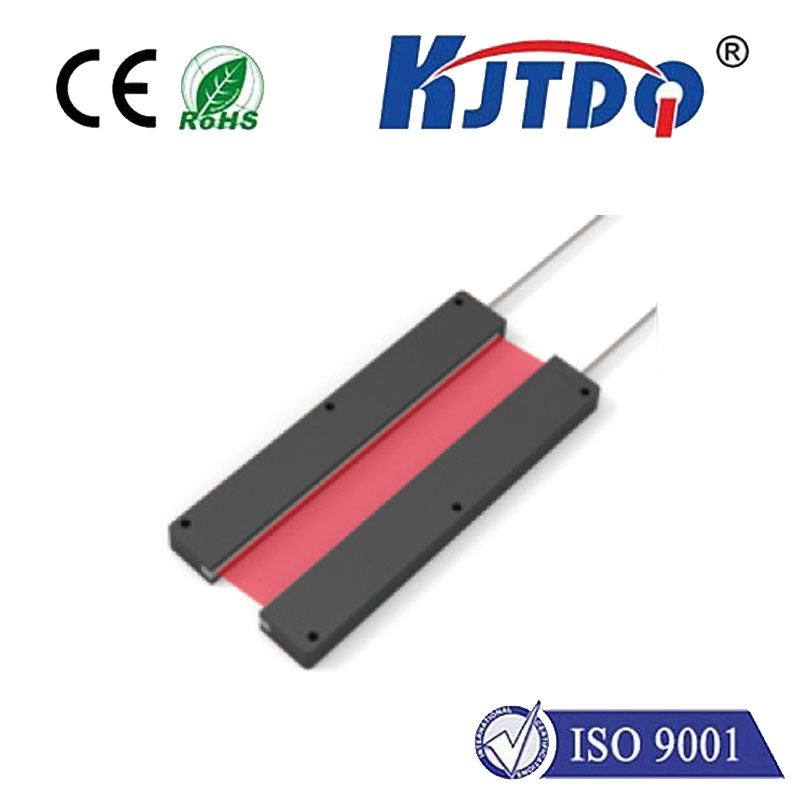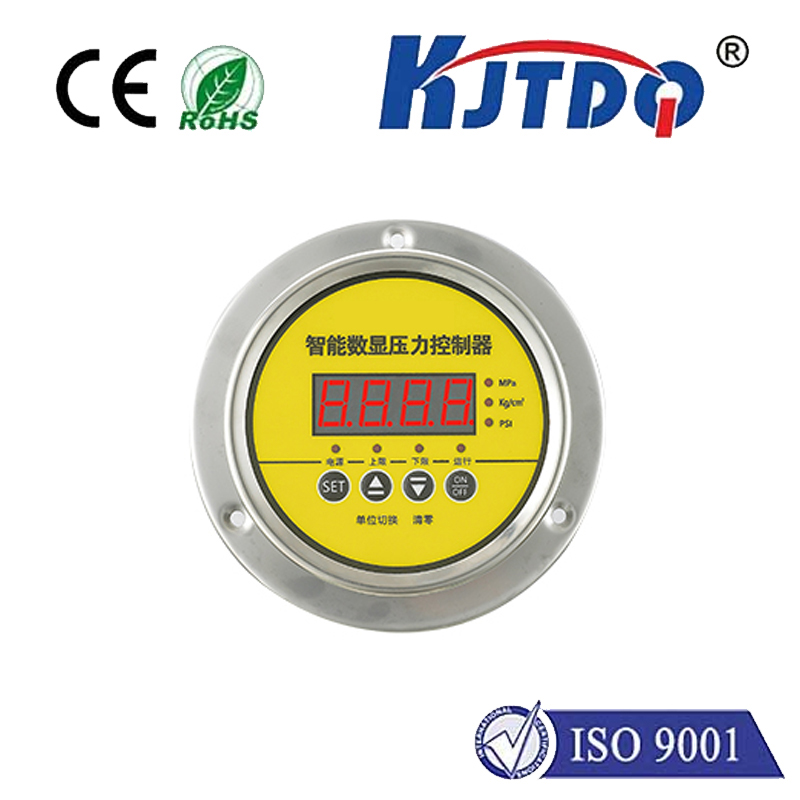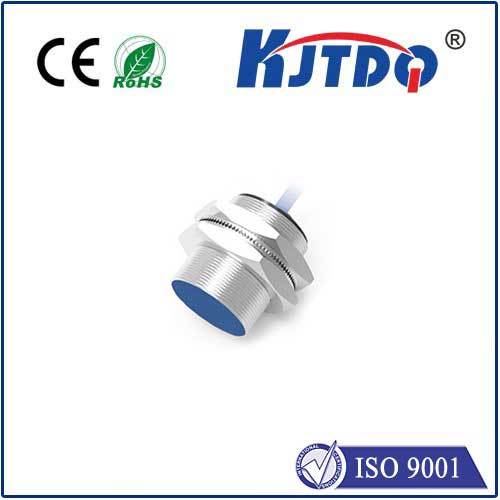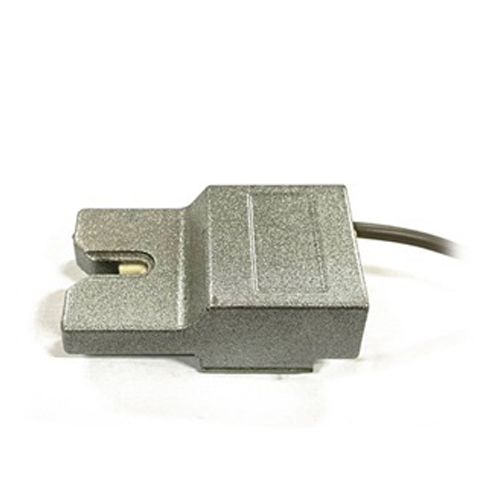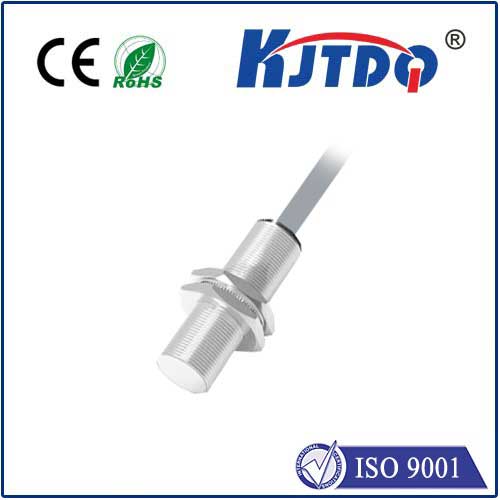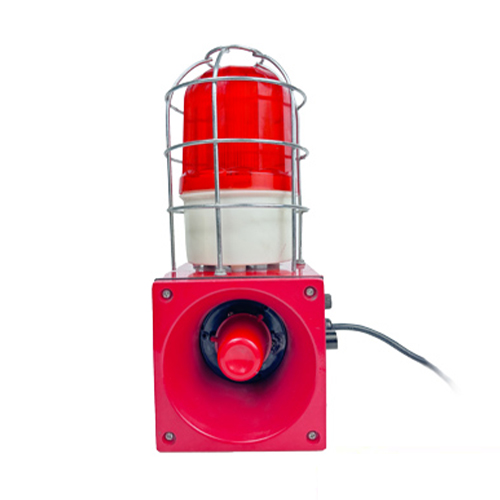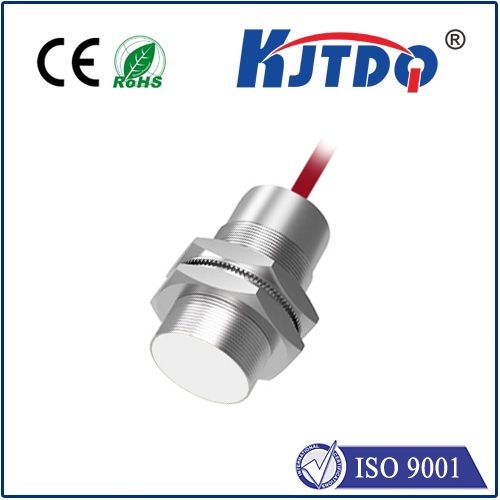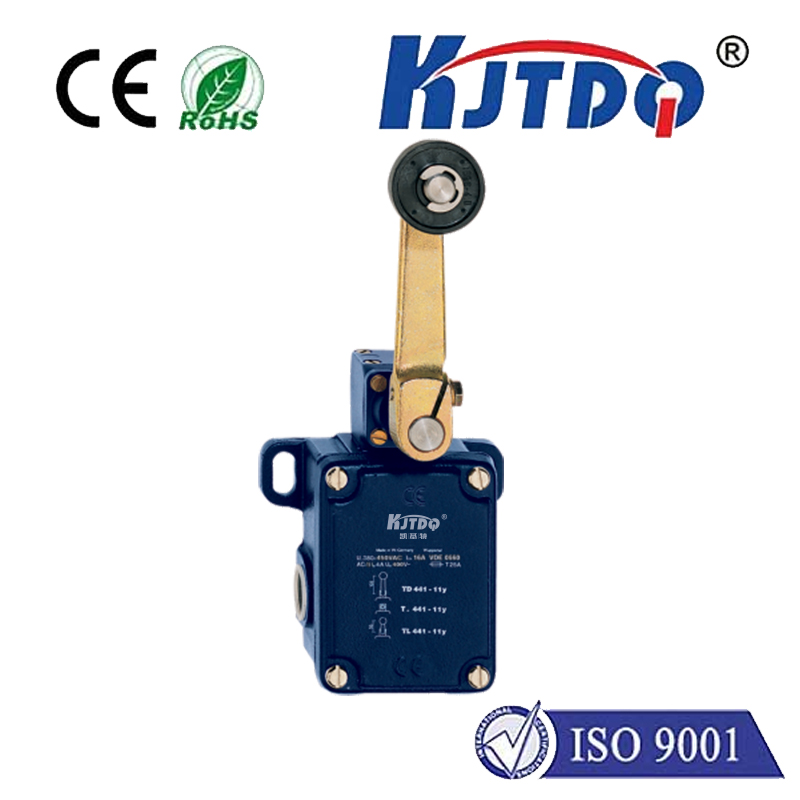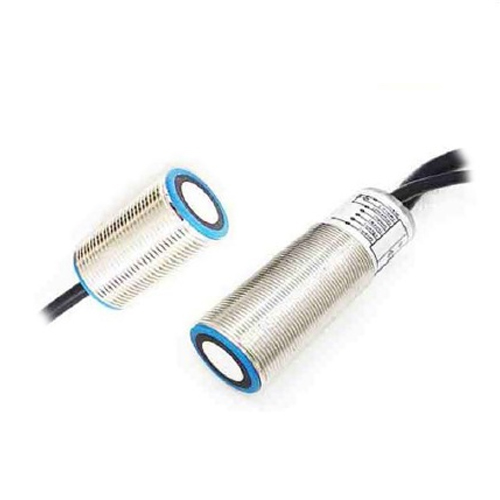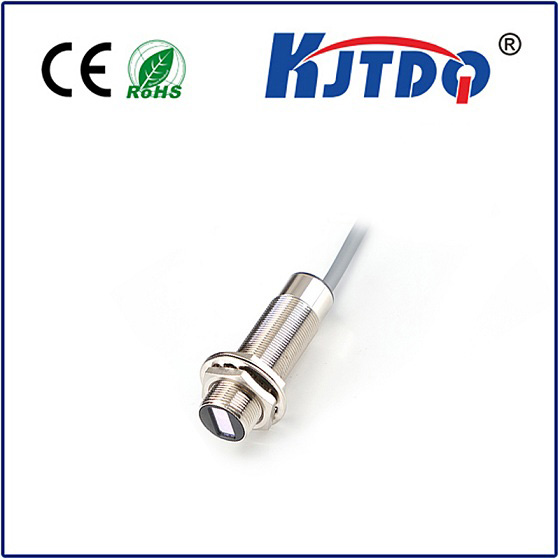Radar, Microwave, and Sensor Technologies: The Heart of Modern Surveillance and Detection
In the modern era of technological advancement, radar, microwave sensors, and various types of sensors have become essential tools in a wide range of applications—from military surveillance to weather forecasting, environmental monitoring, and even medical imaging. These technologies work together to provide critical information that shapes our daily lives and supports scientific research. Understanding their roles and capabilities is key to appreciating their significance in today’s world.

Radar, short for Radio Detection and Ranging, is a system that uses radio waves to determine the location, speed, and direction of objects. It is widely used in aviation, maritime navigation, and weather radar. The principle behind radar involves emitting radio waves and measuring the time it takes for them to bounce back from an object. This information is then used to create images or maps of the environment. Modern radar systems are highly sophisticated, capable of detecting objects as small as a few centimeters and operating in various frequencies, from low-frequency radio waves to high-frequency microwaves.
Microwave sensors, on the other hand, operate on the same principles but are often used in specialized applications. These sensors detect and measure microwave radiation, which is a type of electromagnetic wave. They are commonly used in remote sensing, where they help monitor environmental changes, such as deforestation, land use, and climate patterns. Additionally, microwave sensors are used in agriculture to assess soil moisture and crop health, and in communication systems to transmit and receive signals over long distances.
Sensors, in general, are devices that detect and respond to environmental changes. They can be categorized based on the type of signal they detect—such as light, sound, temperature, pressure, or electromagnetic radiation. In the context of radar and microwave technologies, sensors are often integrated with radar systems to provide more accurate and reliable data. For instance, in weather radar, sensors are used to detect precipitation, temperature, and wind patterns, enabling meteorologists to predict weather events with greater precision.
The integration of radar, microwave sensors, and various types of sensors has revolutionized the way we monitor and interact with our environment. These technologies are not only vital in scientific research but also play a crucial role in everyday life. From detecting potential threats in military applications to improving the accuracy of weather forecasts, their impact is profound.
In conclusion, radar, microwave sensors, and sensors in general are indispensable in modern society. They provide critical data that enables us to make informed decisions, respond to environmental changes, and enhance our understanding of the world around us. As technology continues to evolve, these systems will become even more advanced, ensuring their continued relevance and utility in the years to come.
